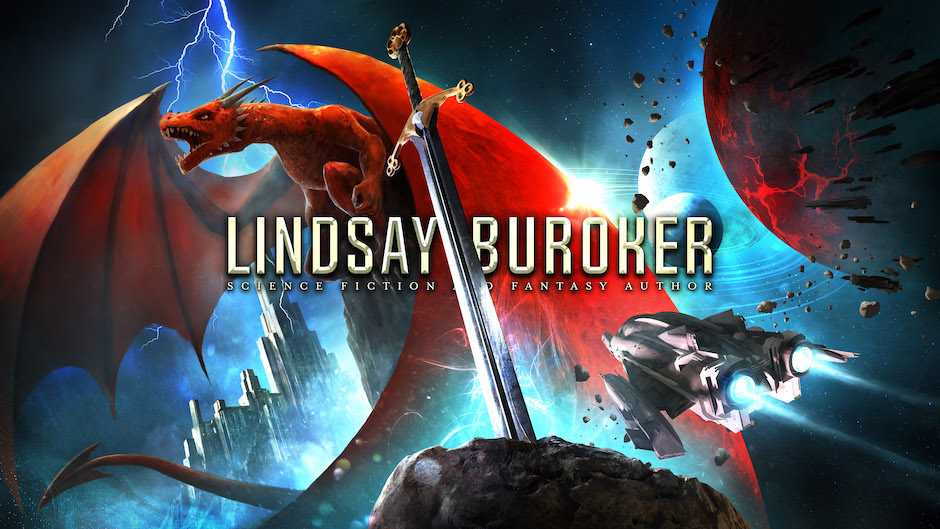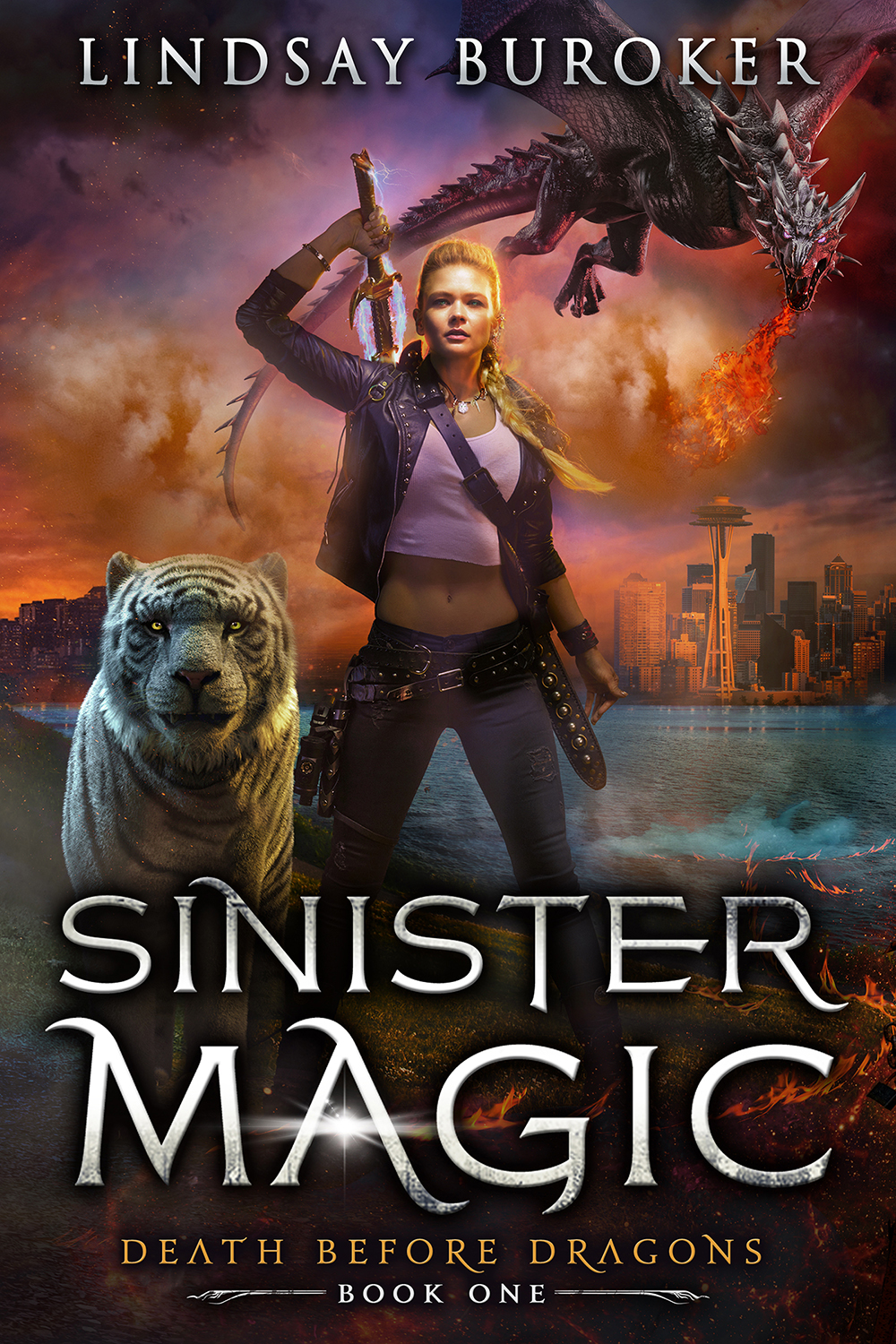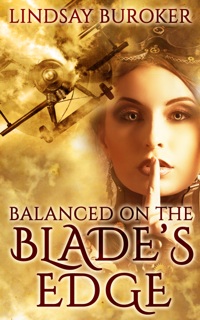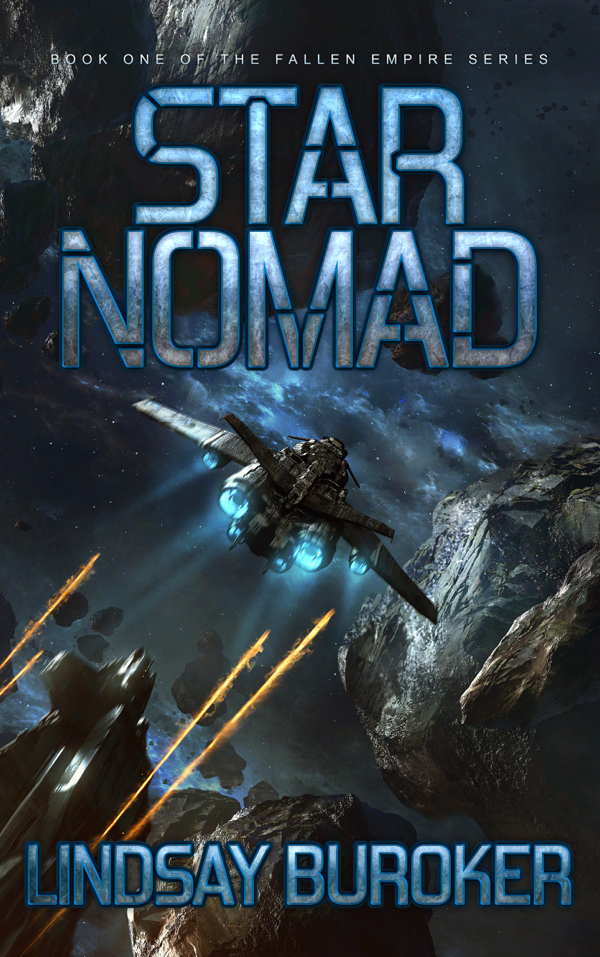Every now and then Twitter sends me an email to let me know about their advertising options. I ignored these for a while because the original site they directed me to didn’t seem very intuitive (I have the patience of a gnat, and if I can’t grasp something like this in a few seconds, I wander away). They’ve made some changes though. Last week when I clicked and logged in with my Twitter account, I found everything laid out quite simply. So I decided, what the heck? I always love the idea of pimping my books via advertising (if it proves effective) because I’m at the point where time is more valuable than money, and that’s the least time-intensive way to promote a book.
Here’s the Twitter Ads homepage if you want to take a look.
A wizard walked me through writing a tweet (or choosing an existing one to plug) and allowed me to choose who to display the ad to by keywords. (There was one for “science fiction & fantasy”.) I had the option to find more possibly interested people by choosing to also show ads to followers of certain handles on Twitter. For instance, if you think your books would appeal to @NeilGaiman fans, you could display your ads to his legions of followers.
You can also choose where in the world you want your tweets to be displayed. I opted for the United States for this experiment, since I was going to send people to my book’s U.S. Amazon page.
Once you’ve chosen who you want your tweet-ad displayed to, you’re ready to plug in some money. You can decide how much you want to spend overall, how much you want to spend per day, and how many days you want your campaign to run. You can also choose whether you want to get new followers or for people to follow a link.
My goal was to get people to click on my link (which led to the Amazon sales page for the first Emperor’s Edge book, a free download). Here’s what it looked like:
Like heroic fantasy? Quirky heroines? Deadly assassins? Try the first Emperor’s Edge novel for free: http://www.amazon.com/The-Emperors-Edge-ebook/dp/B004H1TDB0/ (Twitter automatically shortened that to a t.co link to fit.)
Twitter charges you based on “engagements.” They won’t charge you to display the ad, but they’ll charge when it’s clicked on, retweeted, responded to, or when you’re followed.
My results
Since I was only dabbling, I set this up for one tweet (normally with advertising, you would want to split test — create multiple tweets to see which performs best). I spent $100 over two days, bid $1.50 per engagement (the minimum they suggested, though they said I would usually pay less), had 181 engagements (158 clicks, 17 retweets, 1 reply, and 5 follows), and paid an average of 55 cents per engagement. I have no way of knowing with the clicks, but a lot of the retweets and the reply came from my own followers, people who would have done those things anyway, so I was a little meh at being charged for that.
According to Twitter (I got a lot of emails about my campaign for the couple of days it was running, and even after that), I had a higher than average engagement percentage (1.67%). That’s good, since I didn’t spend much time tinkering and trying to come up with scintillating copy. I’m sure it would be tougher if you were trying to sell a book instead of giving away something for free.
Did I get more than the average number of free downloads from Amazon on those days? I would guess I might have gotten about 50 extra over the two days, so it wasn’t very significant. (By comparison, spending a couple hundred on a Bookbub ad, if you can get accepted, would be good for thousands of downloads — even the $1 I paid the Fussy Librarian to plug the also free Flash Gold recently resulted in at least 100 extra downloads.)
In the end, I don’t mind that I spent the money to experiment, but I probably wouldn’t do this type of campaign again. I did, however, like the set-up and targeting and detailed dashboard, so I could see using Twitter advertising for something else. (I should also note that if I had taken the time to set up a real landing page that had links to all of the places my freebie could be downloaded, I might have had better results, since not everybody shops at Amazon or has a kindle/kindle app.
Have you tried advertising on Twitter? How did it go for you?




Thanks for this, I was really curious as to how your campaign worked out.
The per engagement cost seems a little steep. I do find it interesting that only about 33% of the people who clicked on the link downloaded your book. What would they have to lose by downloading a free ebook?
It won’t be on my top list of advertising dollars, but I’m happy that you’ve reported your results on it, thanks 🙂
When Storm Phase 4 hits later this year, I’m going to try a perma-free or temp-free on Book 1. At that time, I figure I’ll experiment with Google Ad Words and Facebook. I don’t expect much from the efforts, but I figure it’s worth the effort and a tiny investment. You never know when your work will just happen to hit the right audience that responds well to ads. I guess I can add Twitter to the mix, though from the look of it, I’m even more dubious about its results.
Good to know.
I’m going to try preorder with my new series later this year – put the 1st perma free and put #2 up on preorder. Hope to get an add on a booksite… will see how it goes.
We are non fiction writers and get a great engagement rate (2,777 impressions, 188 engagements and a 6.84%
engagement rate). I have spent $23 and pay about $.12 per click. We have gotten some sales of our Sales and Marketing Success book, but of course can’t know if it is the result of the Twitter ad or other efforts but not sure I can beat that cost per click.
I too just like testing things and the cost of this ad versus the cost of the ad on Google Adwords ($.46 per click) is so much less I am just leaving it running until it stops working.
Oh one last thing, I targeted the people who follow people in my “also follows” list instead of an interest. Twitter ads – Analytics – Followers.
Thanks for posting this. I find the different venues of advertising interesting, but I don’t think I get many sells from them. Doesn’t mean I don’t still try them out occasionally, just to see how they work. 🙂
Thanks for sharing this Lindsay 🙂
I’m glad you reported about this. It explains some of the “sponsored tweets” I’ve been seeing in my newsfeed. It seems that many authors have jumped into this.
Personally, I don’t think it’s for me. I just like to go onto twitter and talk with people, and I don’t mention my books very often. (Maybe one tweet a month. Unless I forget.) I usually unfollow people who spam about their books.
It seems like Bookbub and Fussy Librarian are better venues for me, because people have signed up to receive this information, rather than have it randomly show up in their twitter feed.
Good info to have–thanks for sharing, Lindsay, and being honest about your results. 🙂
The problem with the Twitter ads is, you get charged for any click. So if someone clicks on your profile or any #tags you used, you still get charged.
This can make Twitter ads very expensive, in my limited experience.
I agree…